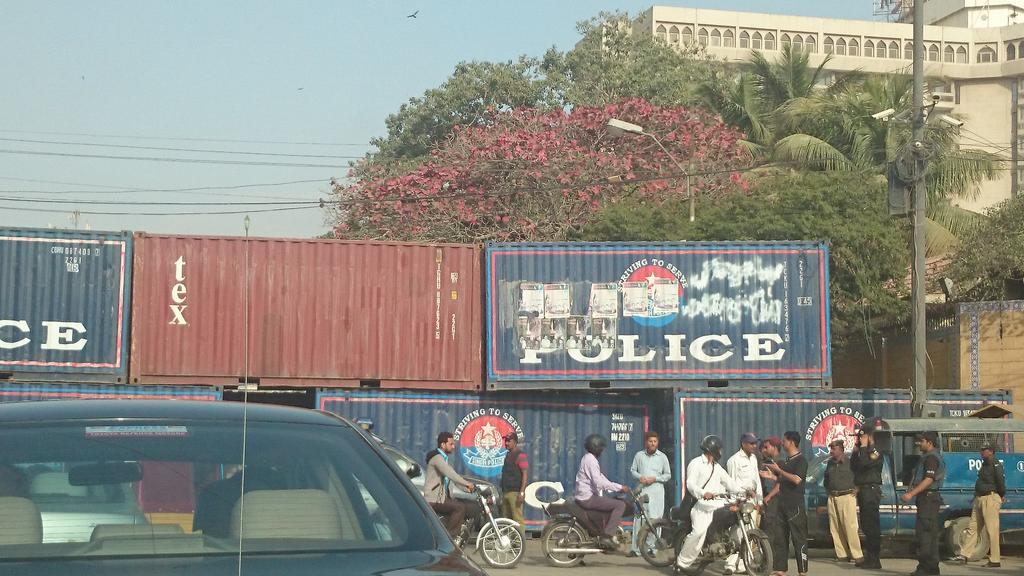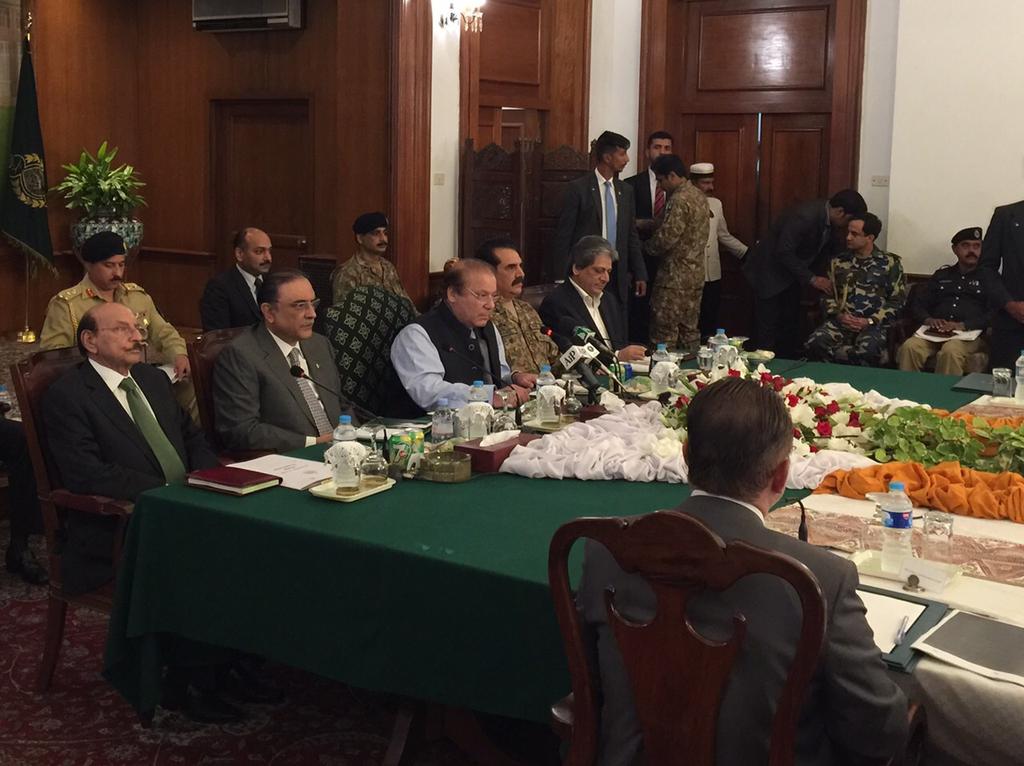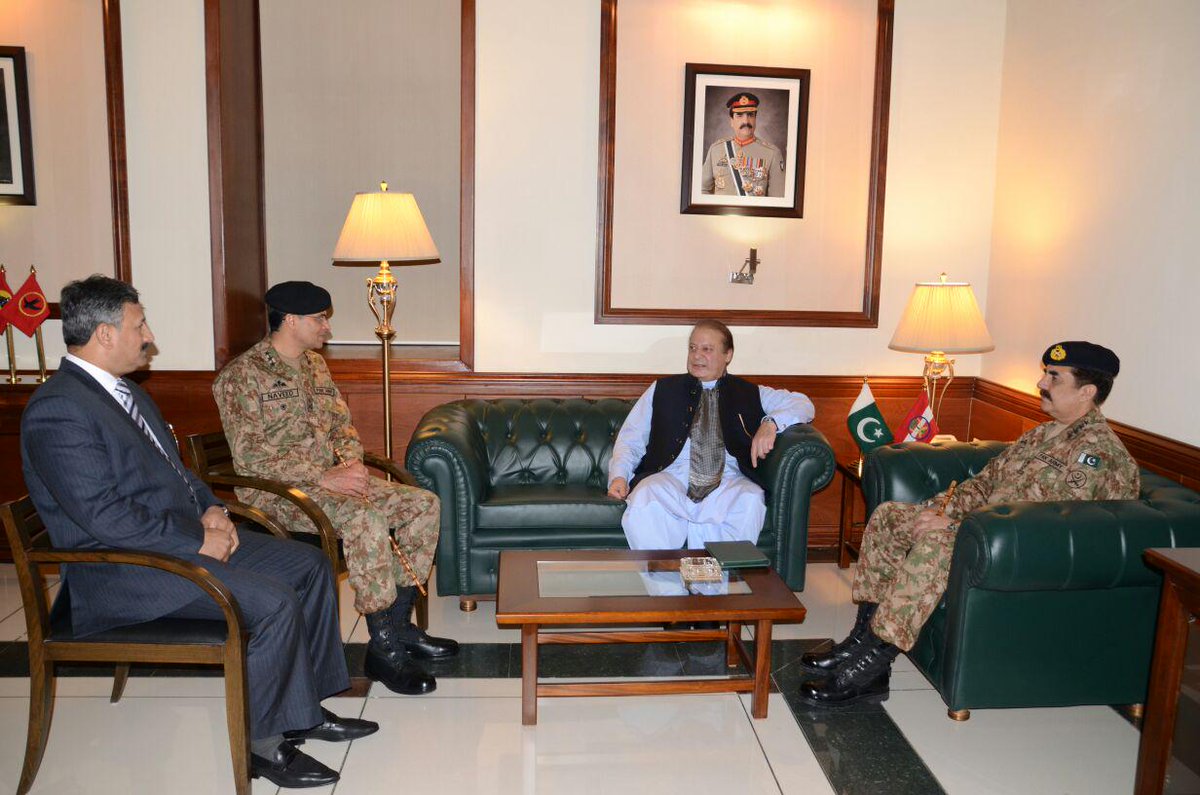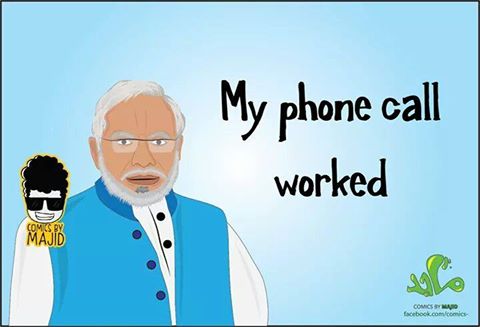
Friday, February 27, 2015
Thursday, February 26, 2015
Tuesday, February 24, 2015
Monday, February 23, 2015
Nobody has nobody could.....


VIDEO 'Who give this SofB his green card?' Birdman is the best movie #Oscar @TheAcademy http://t.co/bdWx7o2LOV
— iGeorge (@JorgeContrerasN) February 23, 2015
Saturday, February 21, 2015
Friday, February 20, 2015
Thursday, February 19, 2015
Pakistani Version of Justin Bieber’s “Baby” by these gypsy girls
Labels:
2015,
Culture,
Lent 2015,
Metro,
Music,
SocialMedia,
Talent Hunt,
Video,
Viral,
youtube
Wednesday, February 18, 2015
ASH Wednesday ....Lent 2015 begins today

Lent 2015 began on
Wednesday, February 18
and ends on
Thursday, April 2
Monday, February 16, 2015
Sunday, February 15, 2015
Saturday, February 14, 2015
Army Chief's Mother passed away . RIP
ﺇِﻧَّﺎ ﻟِﻠّﻪِ ﻭَﺇِﻧَّـﺎ ﺇِﻟَﻴْﻪِ ﺭَﺍﺟِﻌﻮﻥَ
الله تعالی انھیں جنت الفردوس میں اعلی مقام عطاء فرمائیں. آمین

الله تعالی انھیں جنت الفردوس میں اعلی مقام عطاء فرمائیں. آمین

Mother of Maj Shabir Sharif,NH,SJ&Gen Raheel Sharif passed away at AFIC.Namaz Janaza,Chaklala,Rwp at 1345.burial after Asr prayer Cav Gr Lhr
— AsimBajwaISPR (@AsimBajwaISPR) February 14, 2015
Friday, February 13, 2015
Wednesday, February 11, 2015
1928 : Karachi before Simon's Sind (1935)
Following is a summarized chronology of separation of Sindh from Bombay Presidency:
1917: Question regarding separation of Sindh was first time raised in Congress’s session held in Karachi
1918: Sindh Provincial Council’s sub-committee recommended Sindh becoming autonomous province based on a detailed report it prepared
1919: Montague-Chelmsford Reforms fell just short of expectation regarding Sindh’s separation
1923: Congress’s session at Kanpur officially recognized Sindh’s demand for separation and supported it
1925: All India Muslim League passed a resolution unanimously that supported Sindh’s separation from Bombay Presidency
1927: Delhi Muslim Conference put forward proposals to agree to Joint Electrorate provided Sindh separated from Bombay Presidency
1928: All Parties Conference formed Nehru Committee that recommended separation of Sindh, not on communal grounds but on economic. Hindu Mahasaba protested it fearing Hindus will become minority in Sindh. An incident in Larkana regarding forced conversion of Muslim women and children incited communal violence.
1928: A conference involving all communities was called on 18 June in Karachi reached a pact called Sindh Hindu-Muslim Pact, signed and confirmed by 26 prominent leaders belonging to Hindu, Muslim and Parsi communities. The pact demanded Joint Electorates and separation of Sindh from Bombay Presidency.
1928: Simon Commission visited Karachi on 12 November and co-opted two Muslims members, Sir Shahnawaz Bhutto and Sayed Miran Mohammad Shah. Sindh Muhammadan Association prepared detailed report in support of Sindh’s separation and was presented to the commission by Ayub Khuhro. Professor Chhablani opposed the move on financial grounds. Two committees were formed by Bombay Legislative Council to support Simon Commission; Bombay Central Committee clearly supported separation of Sindh while Bombay Provincial Committee opposed the separation. Simon Commission, though in agreement of separation, didn’t recommend it until detailed examination of administrative and financial was completed.
1929: In January, All Parties Muslim Conference was called by Mian Muhammad Shafi and Liaqat Ali Khan. It was presided by Sir Agha Khan and Jinnah’s 14 points were central to this conference. The 9th point demanded separation of Sindh.
1930: Meeting convened by Sir Shahnawaz Bhutto on 31 May at Hyderabad was attended by Nawabs, Sardars, Zamindars and leading persons of lower four districts of Sindh. A special resolution in support of Sindh’s separation was passed.
1930: In the first Round Table Conference, Sindh was represented by Sir Shahnawaz Bhutto and Ghulam Hussain Hidayatullah. To look into Sindh’s separation, a sub-committee was formed headed by Earl Russel and comprised of Sir Agha Khan, M. A. Jinnah, Mohammad Shafi, Ghulam Hussain Hidayatullah and Sir Shahnawaz Bhutto. Committee recommended Sindh’s separation and expert committee comprising of Miles Irwin and Harris was formed to look into financial viability of Sindh after separation.
1931: Conference of Muslim members of Congress held at Lacknow in April supported the demand for separation of Sindh.
1931: Second Round Table conference couldn’t reach to any settlement but agreed to hold a conference of Sindh’s leaders to look into ways to cover financial deficiencies of Sindh after separation, as indicated by the expert committee’s report.
1932: The agreed conference of Sindh’s leaders was held in April at Karachi and its report said that Sindh would require 80 lacs annually for 15 years from Indian government to finance its deficit.
1932: First Sindh Azad Conference was held on 18 April under chairmanship of Sheikh Abdul Majid Sindhi that pressed the demand for Sindh’s separation. Another Sindh Azad Conference was held on 20 August by Sir Shahzawaz Bhutto that decided to observe September 10 as Separation Day; that day was observed enthusiastically and meetings were held in all major cities to support separation, though Hindu communities campaigned against it.
1935: Select Committee by British Government invited M. A. Khuro and Professor Chhablani to present their cases regarding Sindh’s separation. Khuhro successfully presented the case for separation while Professor Chhablani could not impress the committee. In April, government decided to separated Sindh and constitute it as a separate autonomous province. A committee under Sir Hugh Dow was formed comprising Mr. Mocovila, A. I. Brice, Mr. Kola, Sir Abdullah Haroon, Ayub Khuhro and Rai Bahadur Hiranand Khemsingh. The committee was tasked to form machinery for the new province of Sindh.
1935: British Parliament passed Government of India Act 1935 in October and Sindh was declared a separate province with effect from Aptil 1, 1936. First governor was Sir Lancelot Graham and his advisory committee consisted of Sir Shahnawaz Bhutto, Ghulam Hussain Hidayatullah and Diwan Hiranand.
1935: All India Muslim League session at Howrah on 21 October welcomed the decision
1936: Hindu communalists opposed the separation in a conference held on 26 January in Karachi
Monday, February 9, 2015
@SindhPolice stall at #KLF2015
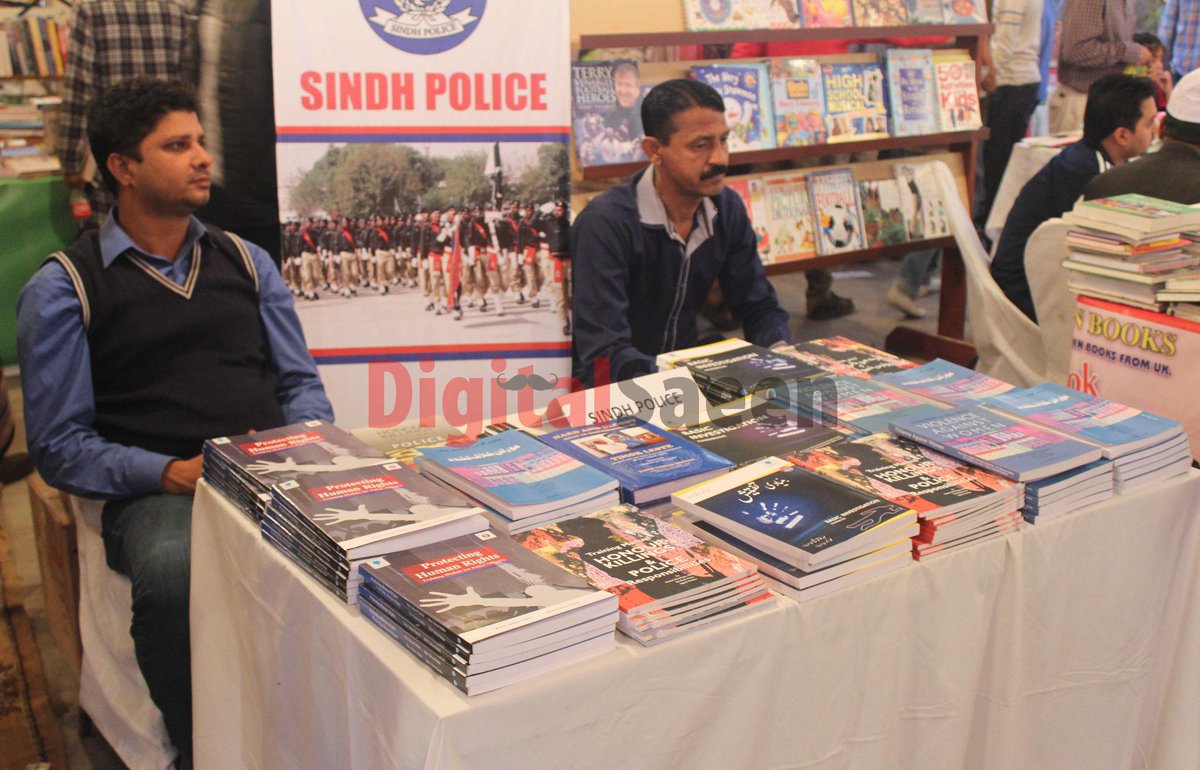
@SindhPolice stall at #KLF2015 pic.twitter.com/4LdstR1iO1
— Digital Saeen (@DigitalSaeen) February 8, 2015Sunday, February 8, 2015
Subscribe to:
Posts (Atom)
















